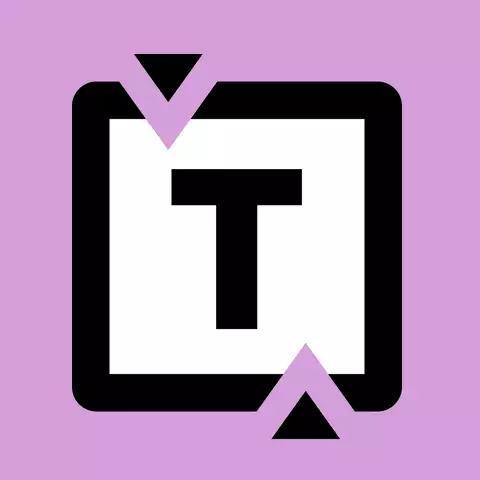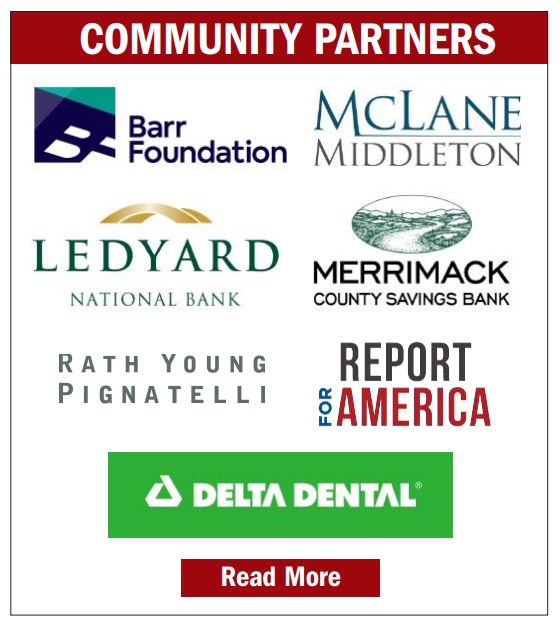Universal EFA enrollment set to hit 10,000-student cap

Gov. Kelly Ayotte with New Hampshire Commissioner of Education Frank Edelblut at the Executive Council chambers before signing the education freedom accounts program bill on June 10. GEOFF FORESTER / Monitor staff
|
Published: 07-17-2025 12:11 PM
Modified: 07-17-2025 5:01 PM |
New Hampshire’s expanded Education Freedom Account program will likely hit a 10,000-student cap set by lawmakers this year, according to new numbers released after a sign-up deadline this week.
Roughly 11,000 students initiated applications for the program prior to the July 15 deadline to receive the full annual award for the upcoming year, according to program administrator Kate Baker Demers. Of those applications, the administering company has approved 8,725 so far, Baker Demers said.
In the weeks before an Aug. 2 enrollment report deadline, the Children’s Scholarship Fund will review the remaining applications and attempt to address any that have errors or incomplete information, Baker Demers said.
“We are working to help every family that is coming to us for assistance and are hopeful that we can fully utilize the available 10,000 EFAs,” she said.
Because the new law allows those in certain “priority” groups to enroll even after the cap is reached, total enrollment for the 2025-26 school year could ultimately swell to more than double enrollment at the start of last school year, when 5,321 students participated.
After lawmakers voted this spring to eliminate income restrictions that had defined the program during its first four years, significant growth was expected, but specific projections from supporters and opponents of the program varied widely.
Concerns about cost led proponents to downplay the anticipated rate of growth, predicting enrollment would fail to reach the cap instituted in the bill in the first year. Baker Demers, for example, previously projected 8,500 students would enroll, up from 5,321 at the start of last school year.
However, new enrollment has remained steady since Gov. Kelly Ayotte signed the bill into law on June 10. In the first 24 hours, 500 new families applied; in the first week, 2,000 did. Over the following month, roughly 4,000 more families initiated applications.
Article continues after...
Yesterday's Most Read Articles
 Sudden pile of trash near Exit 13 on Manchester Street in Concord considered ‘illegal dumping’
Sudden pile of trash near Exit 13 on Manchester Street in Concord considered ‘illegal dumping’
 With Steeplegate still held up in court, city privately debates public investment
With Steeplegate still held up in court, city privately debates public investment
 Merrimack Valley schools to consider eliminating most Penacook bus routes
Merrimack Valley schools to consider eliminating most Penacook bus routes
 Blueberries, honey, flowers and more: Dunbarton gets a new farmers’ market
Blueberries, honey, flowers and more: Dunbarton gets a new farmers’ market
 OSHA investigates Pittsfield partial building collapse
OSHA investigates Pittsfield partial building collapse
 Traffic declined at Manchester Airport last year, making it the only major airport in New England that failed to grow
Traffic declined at Manchester Airport last year, making it the only major airport in New England that failed to grow
The program, which provides families at least $4,265 per child to spend on private education or homeschooling expenses, has proved polarizing. Supporters argue it gives families control over how to educate their children in the best environment for them, while opponents point to the cost, lack of oversight, and data that shows the majority of students have already exited the public school system prior to enrolling in the program.
A Monitor analysis conducted this spring found that roughly 90% of tuition dollars from the program go to religiously-affiliated schools, a small group of independent Christian schools in the state has experienced a corresponding enrollment boom, and homeschooling families have wide latitude over how they spend their program money.
At 10,000 students for the upcoming school year and at an average of $4,500 received per child, the program will cost the state roughly $45 million this year, more than the $39.3 million that lawmakers allocated in their budget. Last year, the state spent $27.7 million, according to the Department of Education.
The numbers released suggest that enrollment will also exceed a 9,000-student threshold, which will trigger the cap to increase to 12,500 students the following school year.
Families who have applied will learn whether they have been accepted during the week of Aug. 6, according to Baker Demers, though those in four priority groups — current enrollees, siblings of those enrolled, those with disabilities and those whose family income falls below the previous threshold — will be automatically accepted, according to the law.
Baker Demers said the enrollment report, which will be posted by the Department of Education, will include information on familial income and on the percentage of enrollees who have directly exited public school to participate in the program.
Editor’s note: This story has been updated to correct the date on which families will be notified of their acceptance and to clarify what data will be released by the Department of Education.
Jeremy Margolis can be contacted at jmargolis@cmonitor.com.







 Mullet madness: Young man who died in motorcycle accident remembered at local fundraiser
Mullet madness: Young man who died in motorcycle accident remembered at local fundraiser ‘Entire paradigm has to shift’: Majority of parents express support for phone ban, but predict rocky rollout
‘Entire paradigm has to shift’: Majority of parents express support for phone ban, but predict rocky rollout New Hampshire committee seeks to prevent domestic fatalities like murder-suicide in Berlin
New Hampshire committee seeks to prevent domestic fatalities like murder-suicide in Berlin ‘A little piece of everything I like’: New Pittsfield barbershop brings more than a haircut to downtown
‘A little piece of everything I like’: New Pittsfield barbershop brings more than a haircut to downtown
